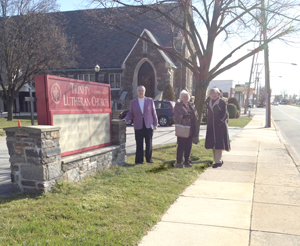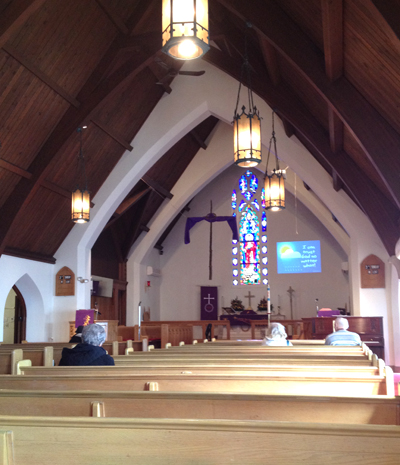The laity need a voice.
The Synod is dominated by clergy. Their voices and interests outrank lay concerns simply because they are involved more with leadership on a daily basis and somewhat dependent on their standing with the Synod for career advancement and security.
Many lay representatives at Assembly are new to church governance and follow their pastors’ lead.
The Synod Assembly agenda is tightly scheduled, leaving little room for lay delegates to explore ideas, which might be old to clergy but are new to them.
Lay people who become involved at the synodical level must first pass through a nominating process that is reviewed largely by clergy or lay people who have already passed muster.
Redeemer, years ago, attempted to nominate a lay member and received a phone call from a clergy representative who said they’d consider our nomination only if we “felt strongly” about it. Puzzling! Why have a nomination process?!
Generally, there is little contact between church leadership and the people they serve. Contact is often orchestrated toward SEPA leadership’s objectives.
One dedicated lay person once shared that they went to an Evening with the Bishop excited to be part of dialog. He left, frustrated and disappointed, after an hour of listening to the bishop talk with no attempt at interaction with attendees.
Redeemer’s experience with the last two bishops was that they wanted congregational interaction on their own terms, subject to their own timing, agenda and control. Congregational leaders, who had attempted dialog for years with no response, were ignored — and eventually replaced by decree.
So here’s an idea. What if there was an annual LAITY ROUNDTABLE, say two months before the Annual Assembly, where ANY lay person could attend, discuss challenges and formulate ideas and proposals to bring to the Synod Assembly’s attention? The retreat could be one-day, on a Saturday perhaps, and should be entirely lay led. No clergy allowed. Trust your lay people!
The LAITY ROUNDTABLE would serve no purpose but to review ideas and proposals of individual congregations for inclusion on Synod Assembly’s agenda.
There would be added benefits:
- Laity would understand common challenges and be inspired to find solutions.
- The interests of the churches would be lifted up.
- Lay involvement and leadership would grow.
- Churches would feel more involved with the denomination which can only help SEPA.
- Large churches and small churches would interact as equals.
- Community would expand as laity come to know one another without pastors as gatekeepers.
- Interchurch problem-solving would pump some fresh blood into our church . . . and we still consider it our church even though we have been kicked out — without a voice!












